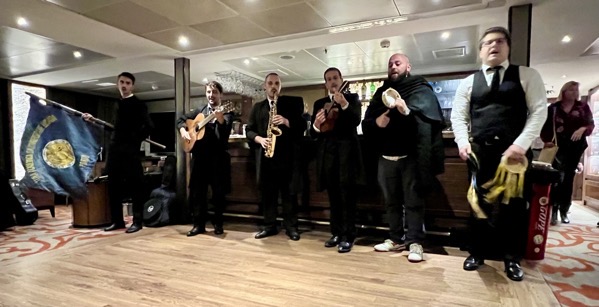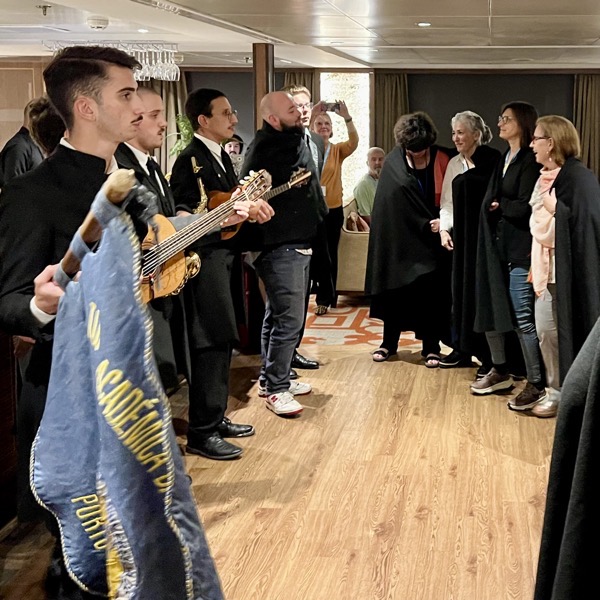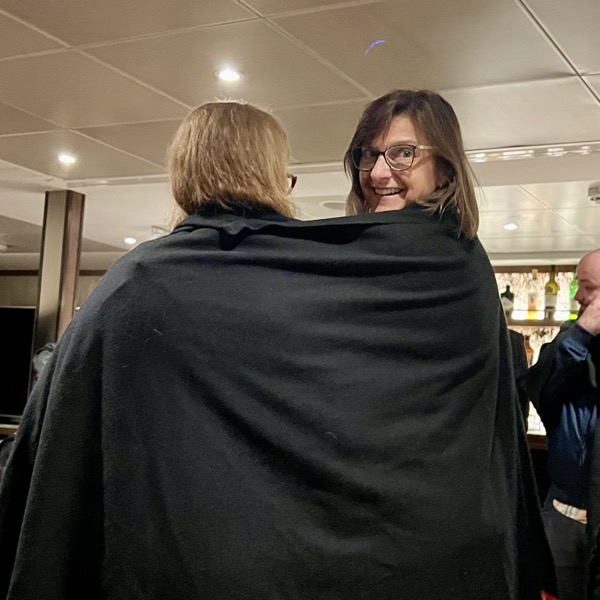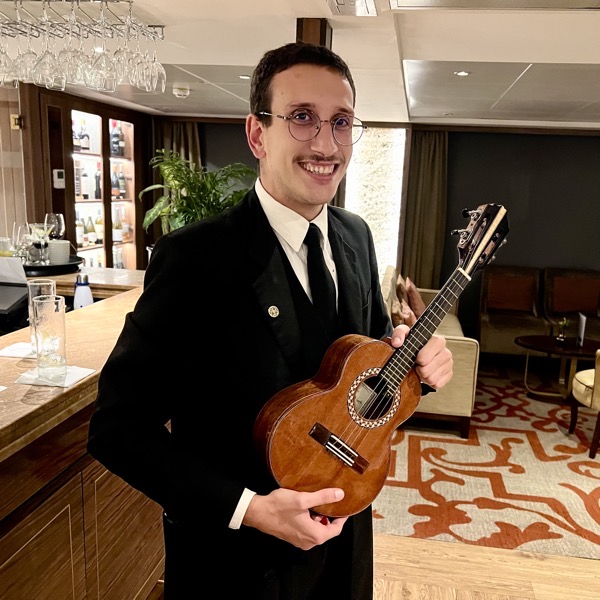Wednesday, October 2, 2024
Today, I woke up early, took a shower, and grabbed coffee and a pastry from the Coffee Station on Level 1. Jane showered and enjoyed a cup of tea in the room before we made our way to the ship’s restaurant for breakfast. At 8:45 AM, we disembarked with fellow Smithsonian Journeys travelers to cross from the Vila Nova de Gaia side (south) of the Douro River to the Porto side (north). Traffic was heavy, and it took about an hour to get across. Along the way, we enjoyed a narrated tour highlighting points of interest. As we got off the bus and walked to our first stop, we took in the special atmosphere of Porto despite the overcast misty conditions.
—— Walking around Porto ——
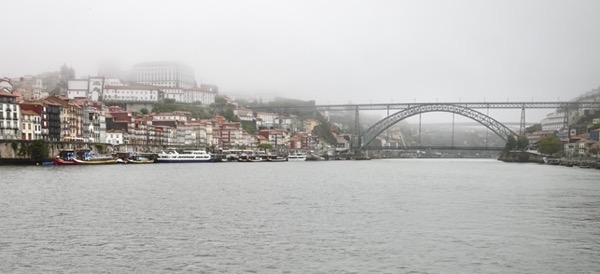
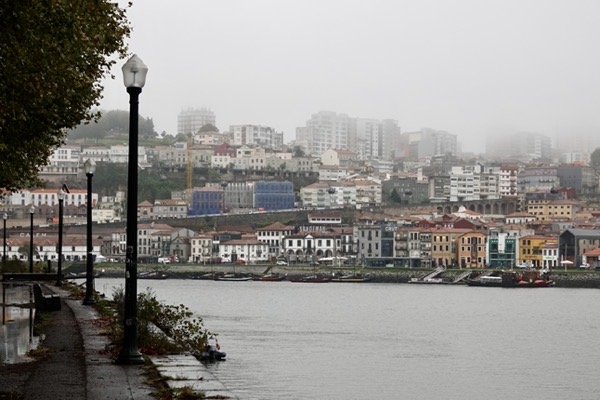
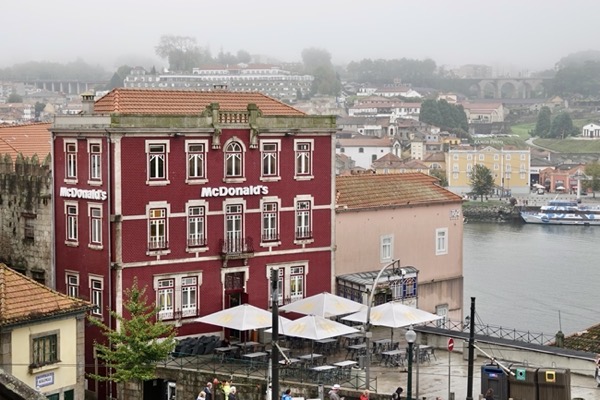
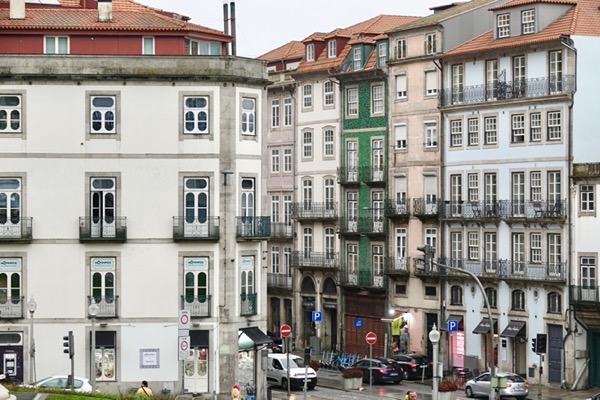
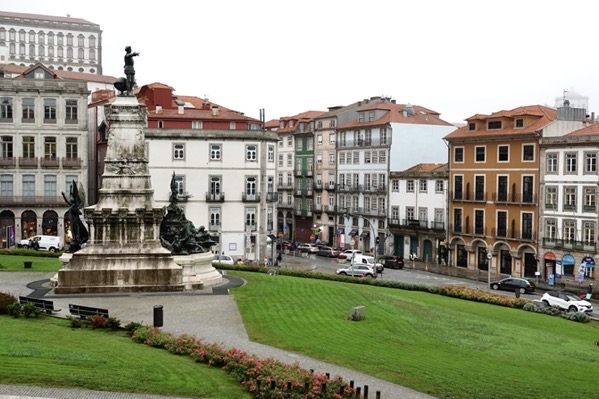
Our first stop was St. Francis Church (Igreja de São Francisco), a renowned Gothic masterpiece dating back to the 14th century. As we entered, we were awe-struck by the lavish Baroque-style gilded woodwork that adorned the interior, along with the intricate and ornate altarpiece. Unfortunately, photography was not permitted inside this remarkable historical landmark.
—— St. Francis Church ——
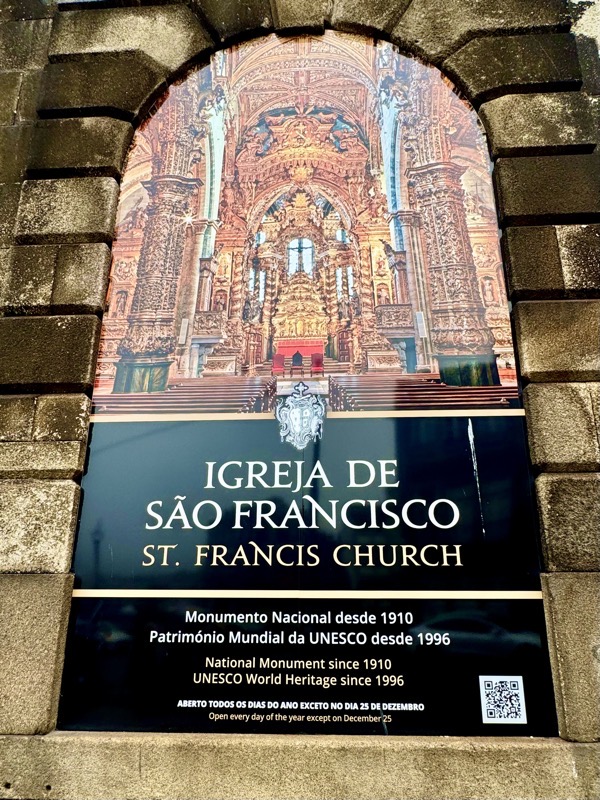
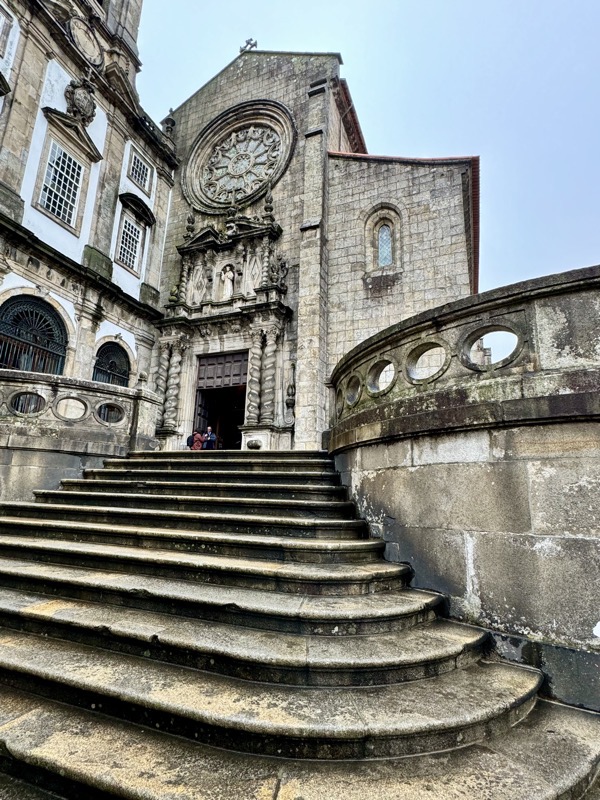
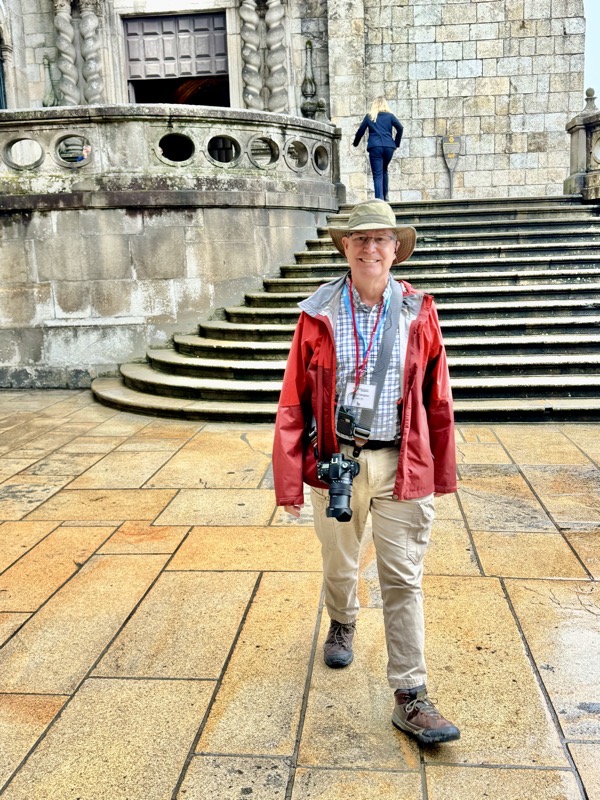
Next door to St. Francis Church, we ascended a stone stairway to enter Porto’s Stock Exchange Building (Palácio da Bolsa). We entered via the main hall, a grand and imposing space that showcases the building’s neoclassical elegance. Known as the Great Hall or Hall of Nations, it features a soaring ceiling with a striking glass dome, intricate frescoes, and majestic marble columns, all contributing to an atmosphere of opulence and historical significance. The floor is adorned with beautifully patterned tiles, while the walls are decorated with magnificent stucco work, glass features, and large arched windows that flood the room with natural light.
Today, the hall is used for important events, including official ceremonies and receptions. After admiring the magnificent space from floor level, we climbed a staircase that granted us an awesome balcony view, allowing us to fully appreciate the grandeur of this magical room from above.
—— Stock Exchange: Entrance and Great Hall ——
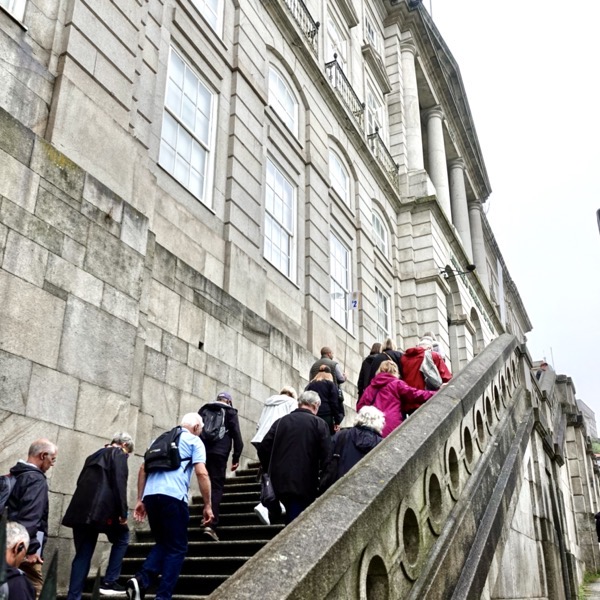
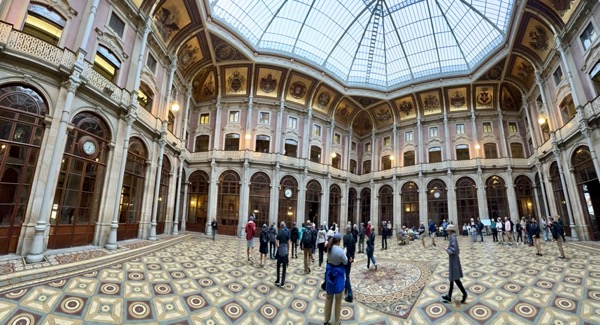
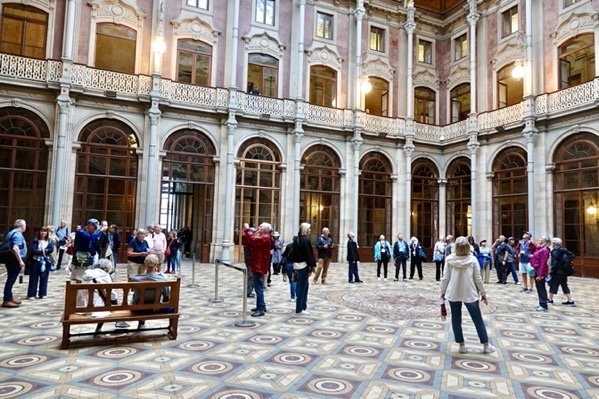
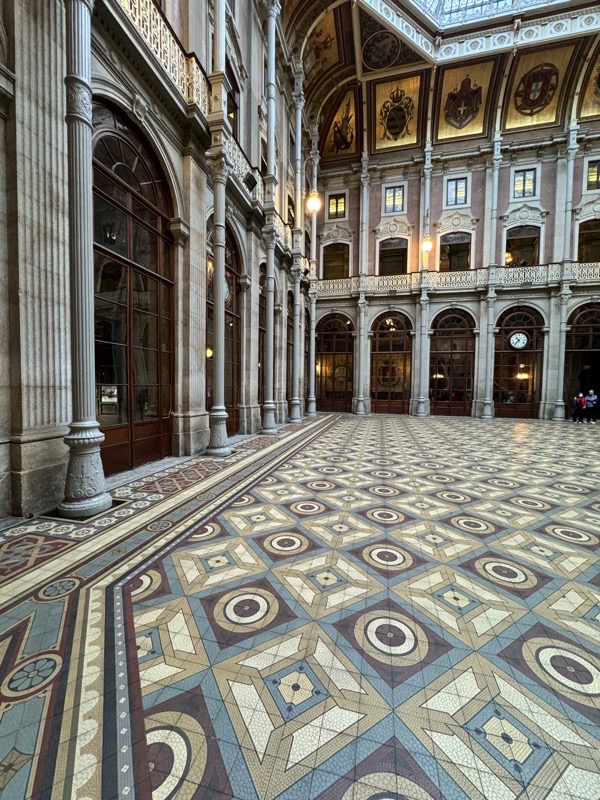
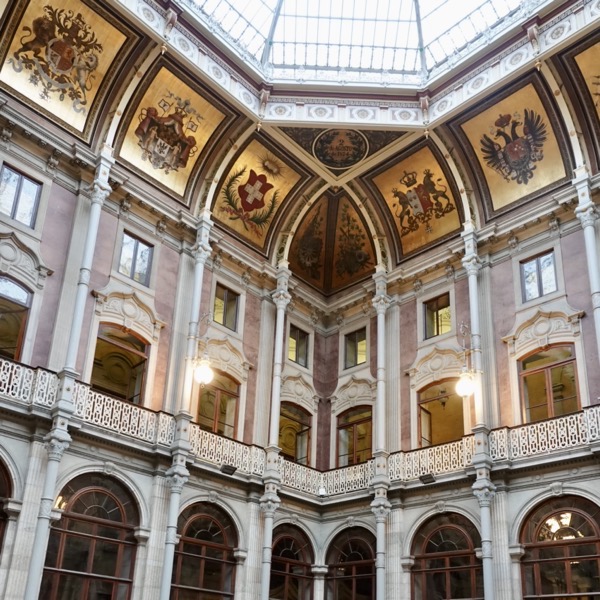


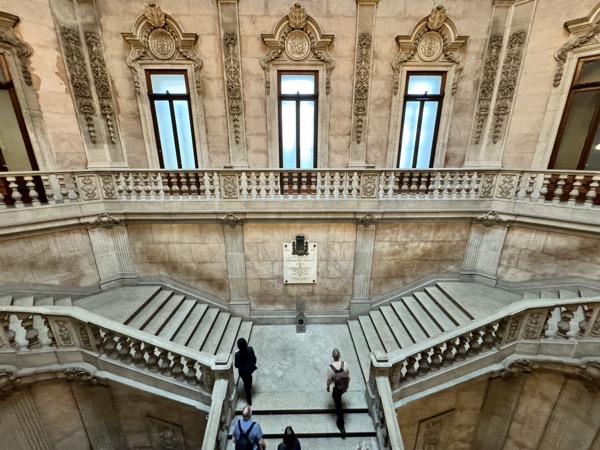
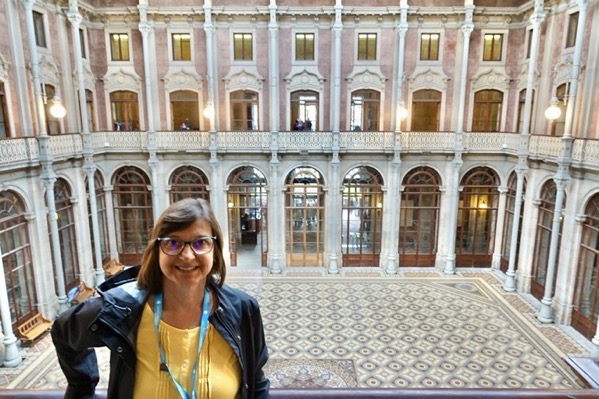
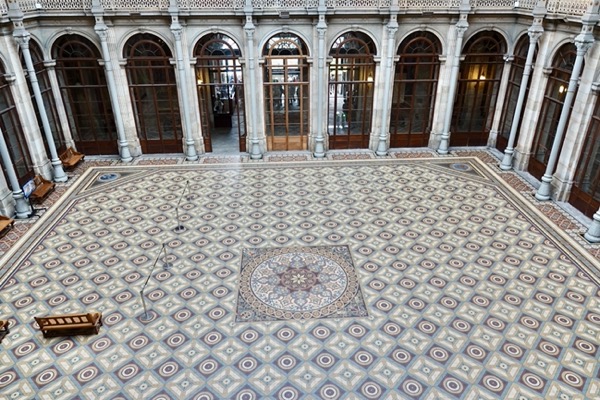
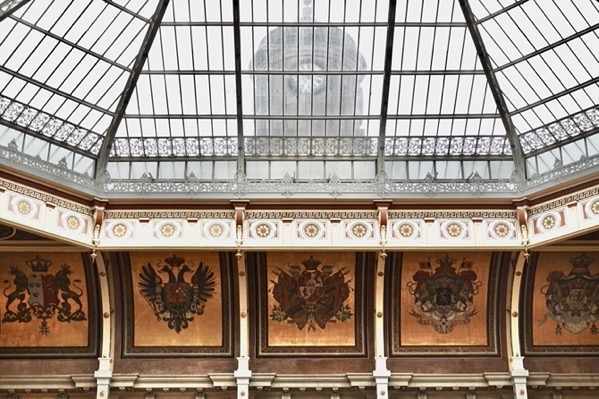
After exploring the Great Hall, our guided tour continued through a series of additional rooms, each with its own preserved and distinctive features. We visited the Courtroom, with its elegant wood paneling and grand chandeliers, evoking the room’s historical significance. We also toured several offices, including the one once used by the renowned engineer Gustave Eiffel, showcasing the building’s connection to prominent figures of the time. Each room offered a unique glimpse into the rich history and architectural charm of the Stock Exchange, reflecting the building’s diverse past and its role in Porto’s commercial heritage.
—— Stock Exchange: Other Rooms ——
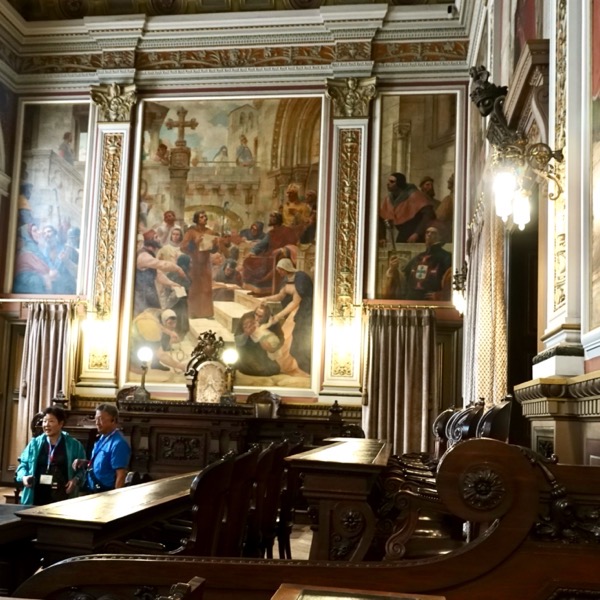
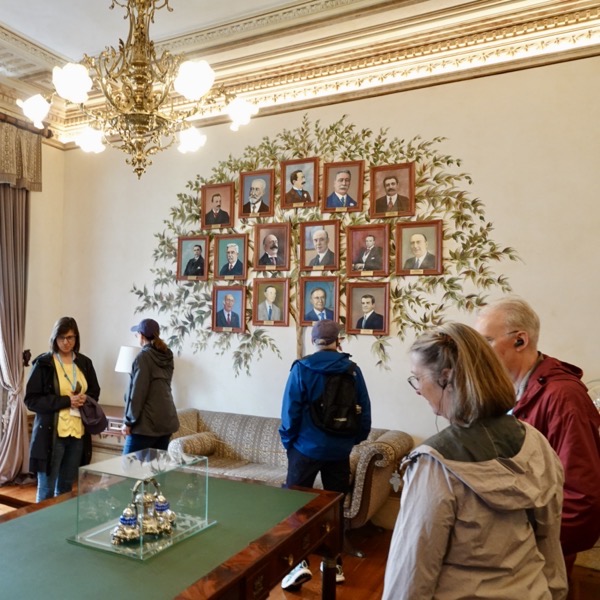

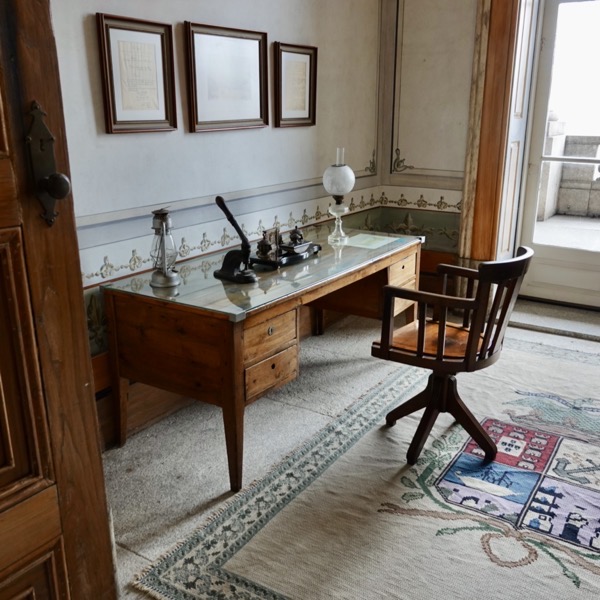

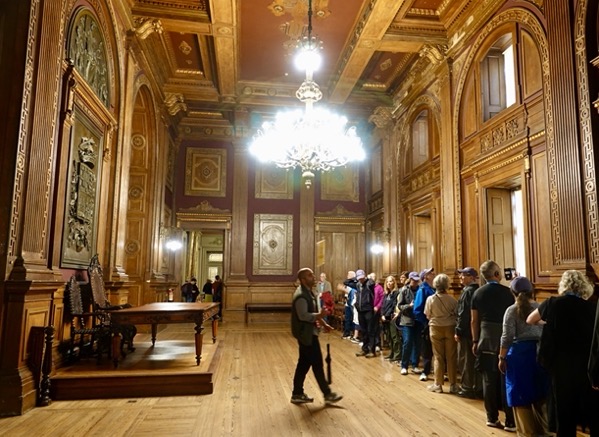
Our Stock Exchange tour culminated in the breathtaking Arab Room (Sala Árabe), a masterpiece of Moorish-inspired design. With its intricate carvings, vibrant tiles, and ornate arches, we were tranported to another era and its special cultural and architectural richness. The exotic beauty and opulent details of the Arab Room made it an unforgettable highlight of our Stock Exchange tour.
—— Stock Exchange: The Arab Room ——
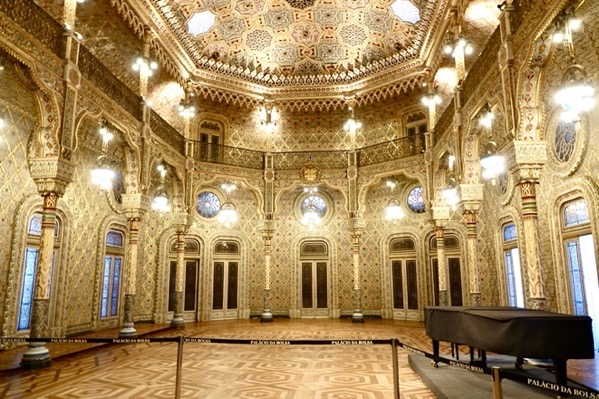
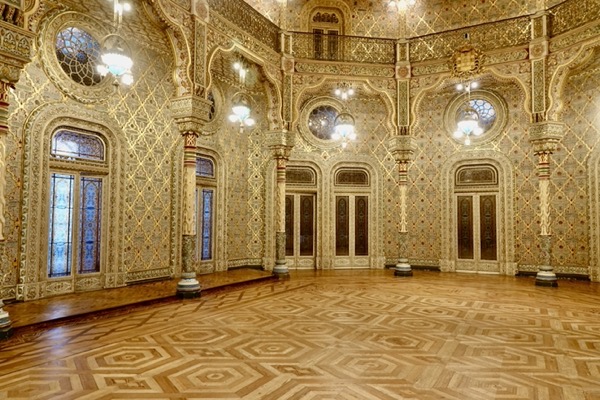
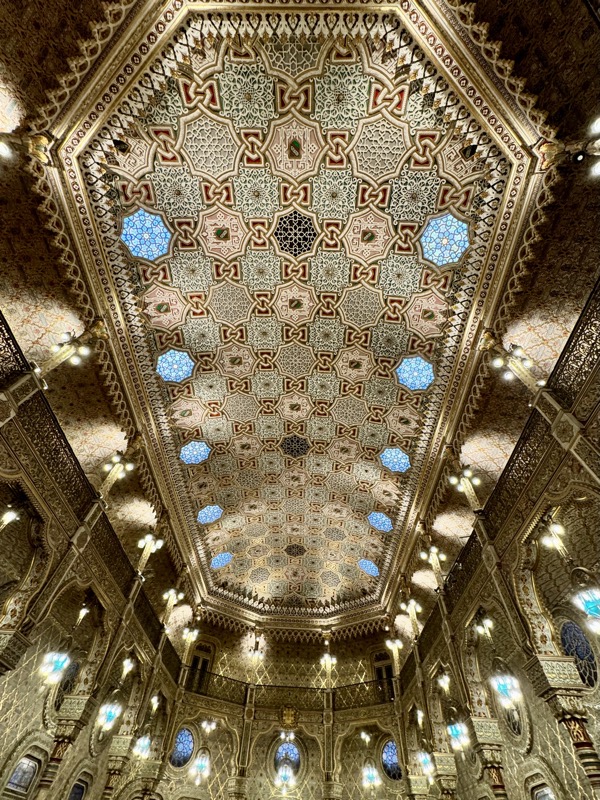
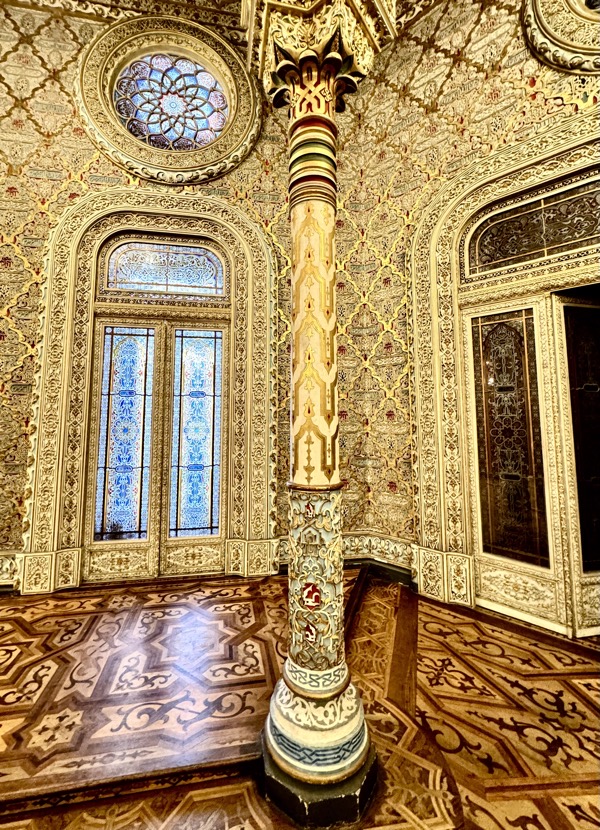
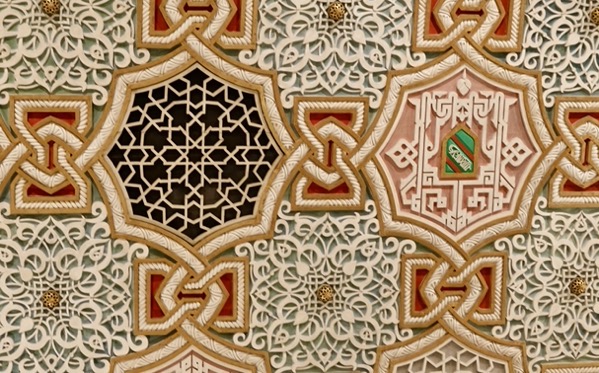
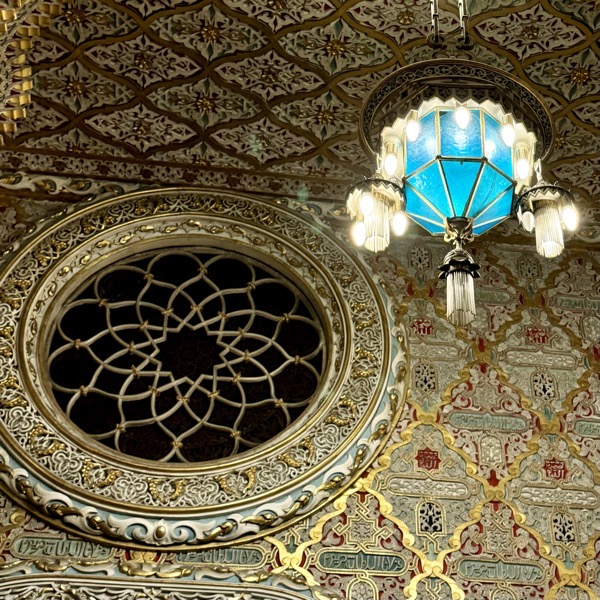
After touring the Stock Exchange, we were bused back across the river and dropped off near the ship. As we strolled along the riverfront, we took in the misty scenery, enjoying the serene atmosphere before reaching our next destination, a local wine cellar.
—— Along the Duoro River, Vila Nova de Gaia ——
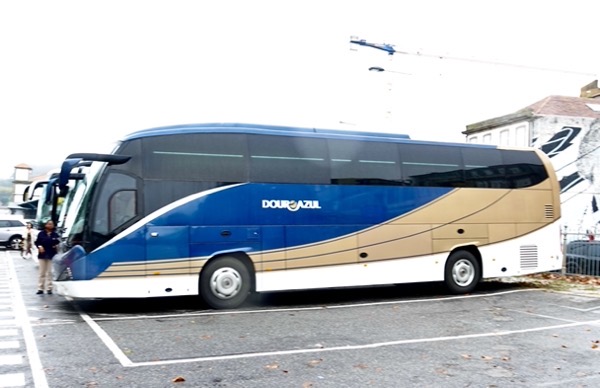
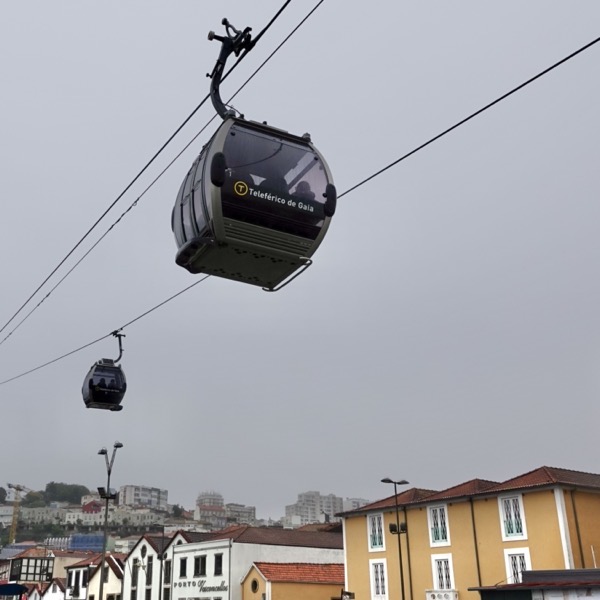
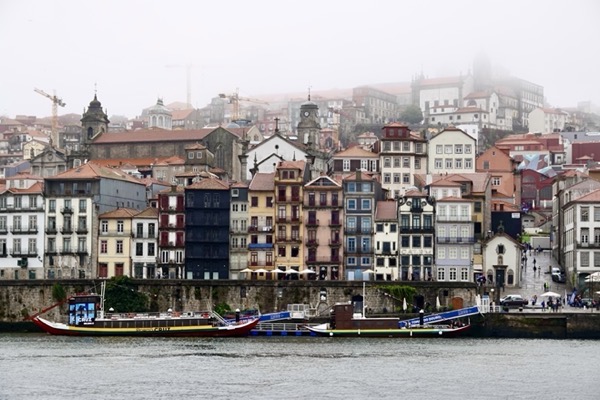
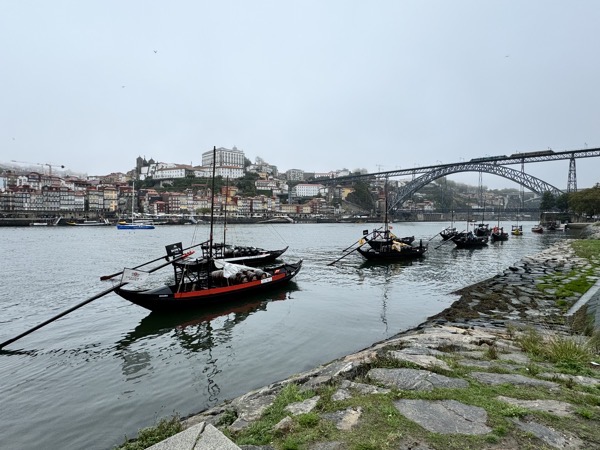
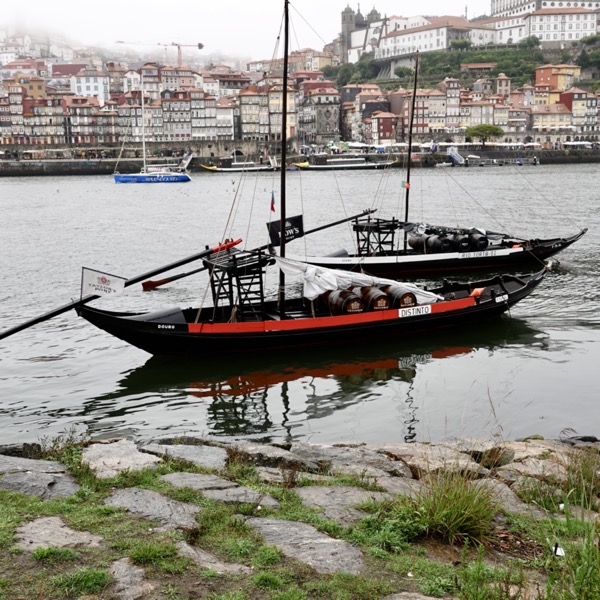
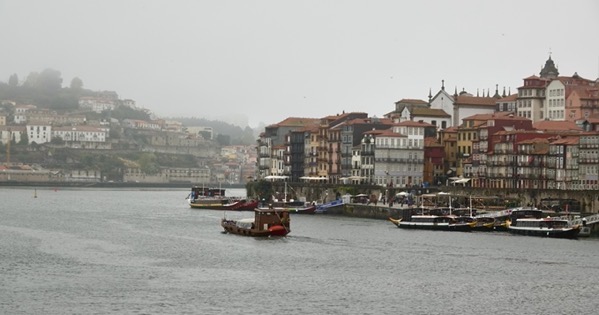
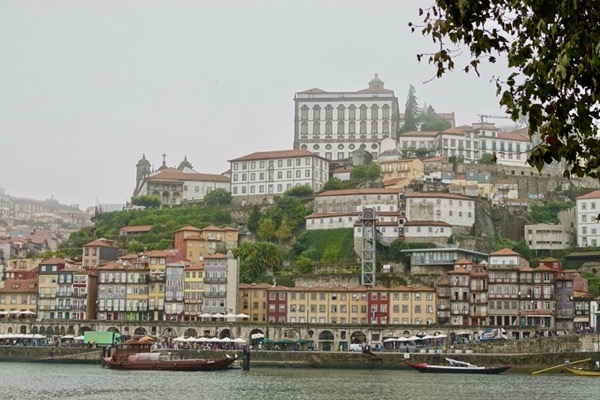
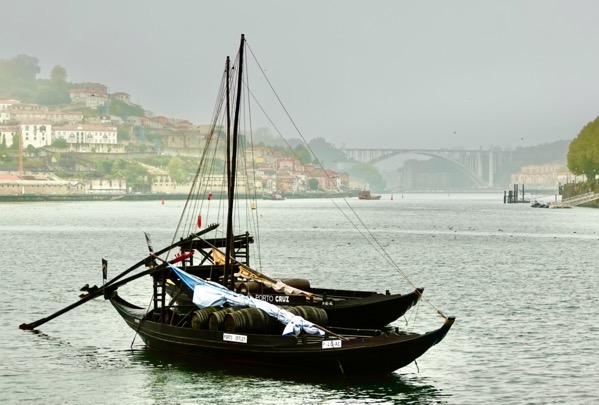
The Burmester Winery is one of the region’s oldest and most prestigious port wine producers. Founded in 1750, Burmester has a storied history of crafting exceptional port wines, and our tour provided a fascinating glimpse into the traditional production methods that have been handed down through generations. Our guide was not only knowledgeable but also passionate about educating us on the intricacies of port wine.
The winery skillfully combines modern technology within a charmingly historic atmosphere. We began by learning that port is a fortified wine from the Douro Valley, renowned for its rich, complex flavors and high alcohol content. This distinctive style is achieved by adding a distilled grape spirit, known as aguardente, during fermentation. This halts the fermentation process, preserving the natural sugars and resulting in a sweeter, stronger wine. The wine is then aged in wooden barrels or casks, which infuse it with additional flavors and textures. This fortification technique was developed in the 17th century to stabilize wine for long sea voyages, especially to England.
Next, our guide introduced us to the various types of port produced at the winery, including Fine Ruby, Sotto Voce, Late Bottled Vintage (LBV), Vintage, Fine Tawny, Jockey Club, Bolhetita, and aged varieties (10-40 years). Each type offers its own unique profile, from the youthful intensity of ruby ports to the smooth complexity of aged tawny and vintage ports.
Lastly, our guide took us through the fermentation and aging vats, where we learned about the meticulous process that shapes each bottle of port. We also had the opportunity to see historic equipment on display, offering a glimpse into the traditional tools that were once used in the wine-making process.
Finally, we made our way to the tasting room, where we were invited to sample two distinct varieties: a white port and a tawny port. It was an enjoyable experience, allowing us to savor the nuanced flavors of each wine. While both ports were rich and flavorful, I found them to be a bit too sweet for my personal taste. Nonetheless, it was a delightful opportunity to explore the unique profiles of these renowned wines.
—— Burmester Winery ——
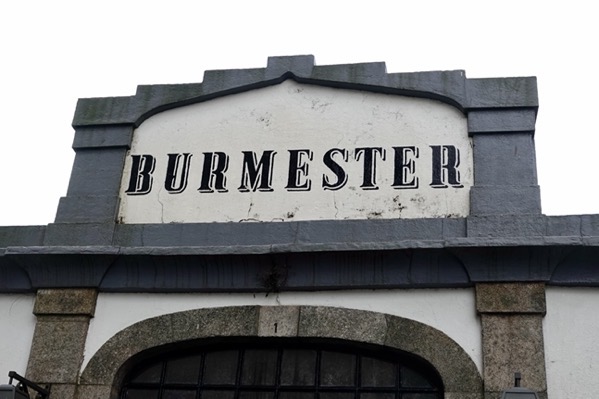
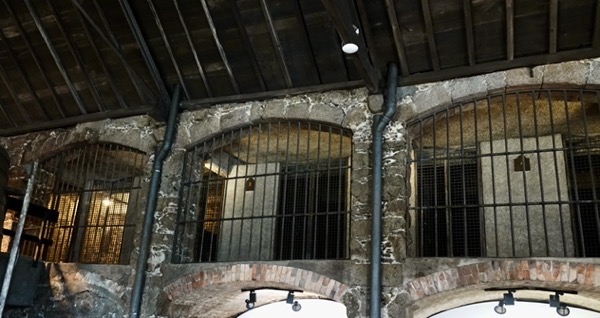
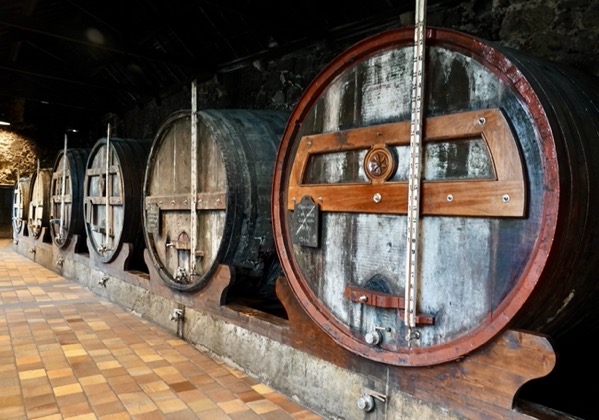
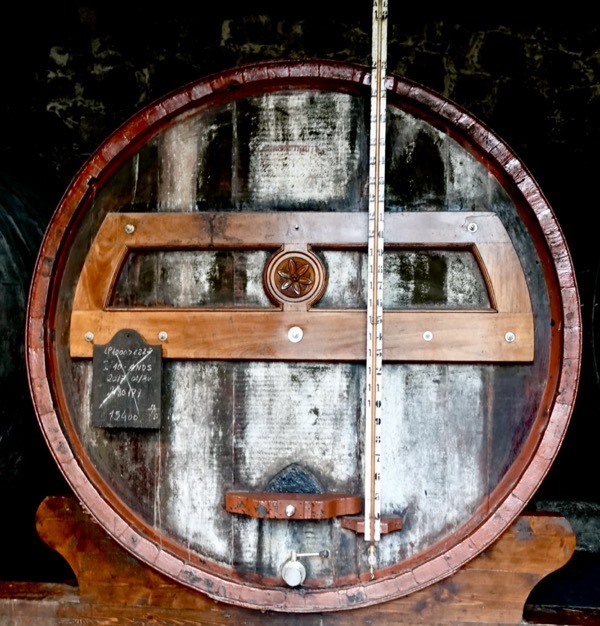
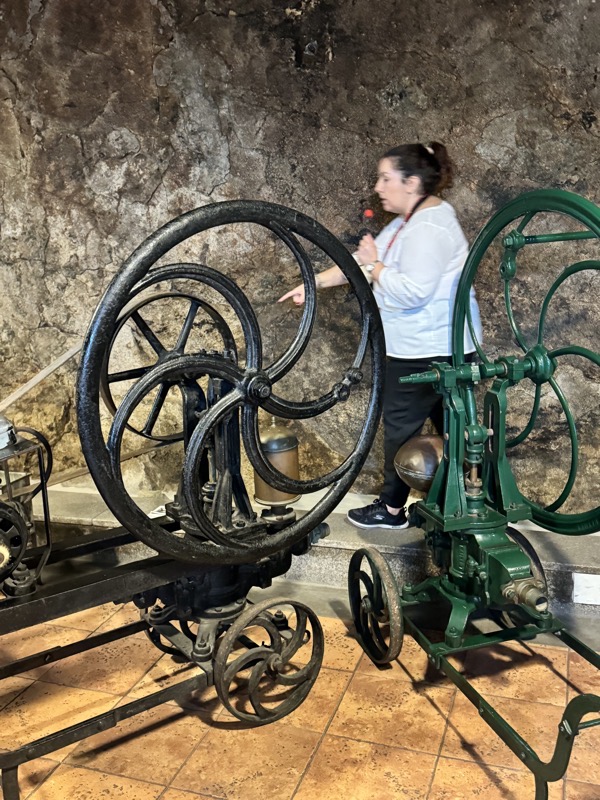
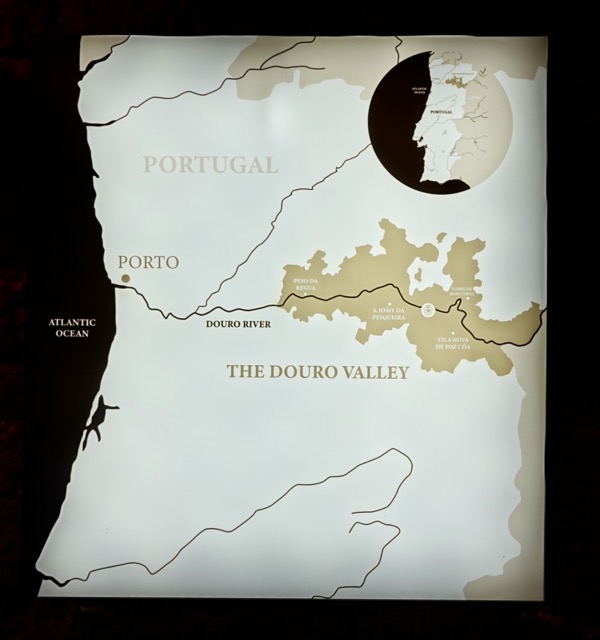
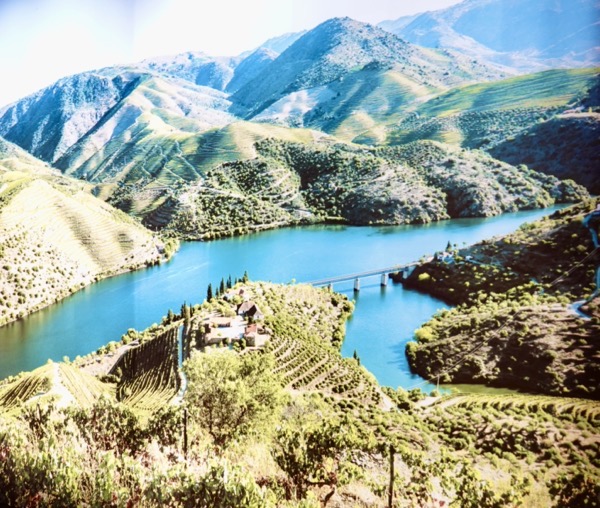

Following the winery tour, we enjoyed a quick walk back to the ship, where a delicious lunch awaited us. After eating, we headed to our rooms to unwind and relax for the afternoon. At 5:30 pm, we made our way to the ship’s lounge for a peaceful lecture titled “Introduction to the Douro Wine Country.” This informative session was followed by a festive gathering where we were served a delightful drink made with Tawny port, tonic, an orange slice, and mint — delicious.
During the party, Jane mentioned to Alan, one of the Smithsonian Journeys guides, that it was Nancy and John’s anniversary. Later, we learned that their room had been thoughtfully decorated with swans, chocolates, and a bottle of champagne to celebrate their special occasion.
At dinner, Jane wasn’t feeling her best, so she opted for a light meal. At 9 pm, we returned to the lounge to enjoy a lively Portuguese Tuna Show. The performance featured male students singing, playing instruments, and engaging in playful banter. At one point, Jane, along with other audience members, was invited up onto the stage, where they were wrapped in black cloth while the band members lightheartedly serenaded and woed them. It was a pleasant, entertaining experience that brought plenty of smiles.
Eventually, we retired to our room, drifting off to sleep as the Douro Elegance remained docked at Vila Nova de Gaia for the night.
—— Afternoon Lecture in the Lounge ——
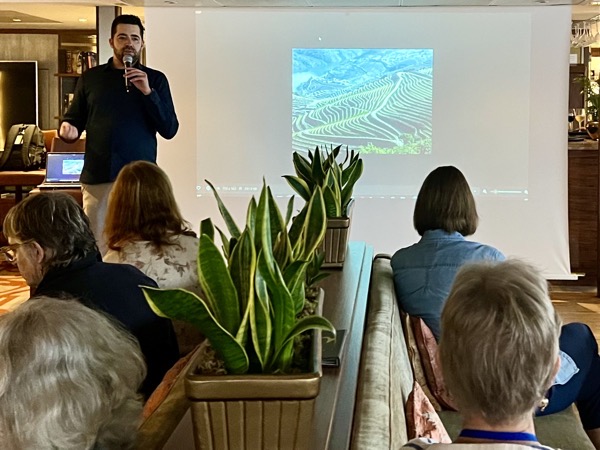
—— Portuguese Tuna Musical Tuna Show ——
